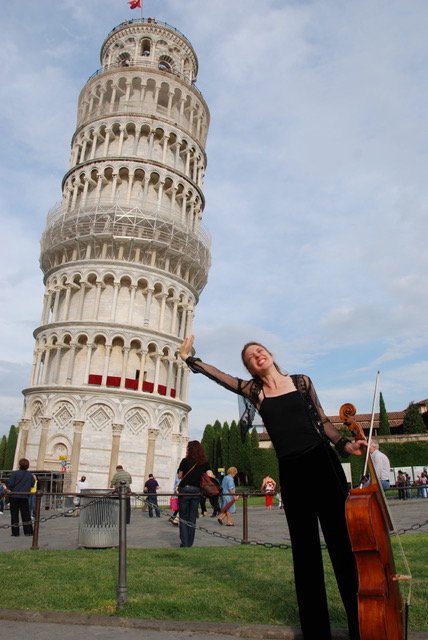Welcome to our May Newsletter!
Floral macaroons!
It’s the merry Month of May, and for bee- and other insect-loving gardeners, it’s also known as "no-mow" May. For Sarasa, we're counting down the final days of our exciting 2022-23 season with a finale dedicated to music written or arranged for four cellos in “Take Four!” The concerts coincide with Mother’s Day weekend, so why not celebrate your mom with the gift of music?! Get $5 off tickets to the Cambridge or Lexington concerts with promo code MUSICFORMOM
PAVANE THROUGH HISTORY:
Dancing a formal Pavane in the Renaissance
Our program opens with a gorgeous amuse-bouche — one of Gabriel Fauré’s (1845-1924) most famous works, his Pavane in F-sharp minor, Op. 50 (1887) in an arrangement for four cellos. Historically the Renaissance dance of the Pavane was a formal procession for couples. The word is derived from either the Italian padovana (a dance typical from Padua) or pavón (peacock in Spanish). Originally Fauré conceived his as an orchestral piece for small forces, but then arranged it for orchestra with chorus ad libitum. Its popularity was cemented when his patron, Countess Élisabeth Greffulhe, to whom he dedicated the work, arranged for dancers to accompany the performance at her summer concert series in the famous Bois du Boulogne outside Paris in 1891. Sergei Dhiaghilev and his famous Ballet Russes incorporated this piece as part of their core repertoire. Later, Fauré transcribed a version for solo piano. The popularity of Fauré’s Pavane was such that it crossed over into the jazz world, which you can hear in an arrangement by Bill Evans.
Dhiaghilev's Ballet Russes dancing the Pavane
Check out Fauré's Pavane by jazzer Bill Evans Trio with Symphony Orchestra (1965):
And here is the Pavane, Op 50 played on the piano by Fauré himself:
Beethoven’s Pastoral leanings:
Another work featured on our May program is a movement from Beethoven’s Symphony No. 6, which he called his “Pastoral Symphony, or Recollections of Country Life.” The second movement, Scena al Ruscello (Scene by the brook), was arranged in a contemporary transcription specifically for four violoncellos by Peter Lichtenthal (1780–1853). Originally from Bratislava, Lichtenthal trained as a doctor, played the viola, was a music aficionado, and a close friend of Mozart’s widow, Constanze, and their two sons. Living in Milan, Lichtenthal aimed at introducing more serious works of the Classical composers, especially Mozart and Beethoven, to the wider Italian public. Lichtenthal succeeded in capturing the essence of Beethoven’s multi-voiced, beautiful orchestral texture with just four cello parts. Even the onomatopoeia so inherent in the second movement's bird calls of a nightingale, a quail, and a cuckoo are clearly heard.
Cello chat
Sarasa is excited to present music arranged or written for four cellos in “Take Four!” May 12-14! We caught up with cellist and Sarasa co-Artistic Director Jennifer Morsches!
When did you first start playing the cello?
I started playing at age 9 when my elementary school offered the chance to play in a string orchestra.
What prompted/inspired you to play the cello?
My mom listened to a lot of classical music, and I especially loved following the bass line in Beethoven’s ‘Pastoral’ Symphony. I think that’s what inspired me to choose the cello.
Who is your favorite composer?
That’s very difficult to say, but I think I always come back to Beethoven as the ultimate composer, and the most satisfying all around.
What is your favorite piece to play by Beethoven?
If I were a pianist, I would choose his late piano sonata, Op. 109. But I think my favorite piece of his that I have played is the slow movement from his String Quartet Op. 59 No. 2— it’s like floating in and amongst the constellations.
What is your favorite food to eat or cook?
I especially love Italian, Japanese and Mexican foods. My favorite comfort food is spaghetti and meatballs!
What is one of your most memorable performances?
Performing Mozart's last three symphonies (Nos. 39, 40 & 41) with Sir Simon Rattle in Vienna at the Musikverein. Amazing!!
Where have you travelled that changed the way you look at the world?
Bolivia! The people and landscapes are incredible, from the lowlands to the altiplano of the Andes.
PSSST! Don’t miss out on celebrating 25 incredible years with Sarasa in 2023-24! Subscriptions go on sale May 17th. Watch this space!
And don’t forget — you can still watch our March program-set, “All about my Mother” until the end of the month of May.
Audiences loved this program! Now watch for yourself!
"Thank you, thank you for such an inspiring and deeply moving concert."
"Loved the nuance, the depth, the color, the sensitivity….and the virtuosity! Fun! Meaningful…”
















